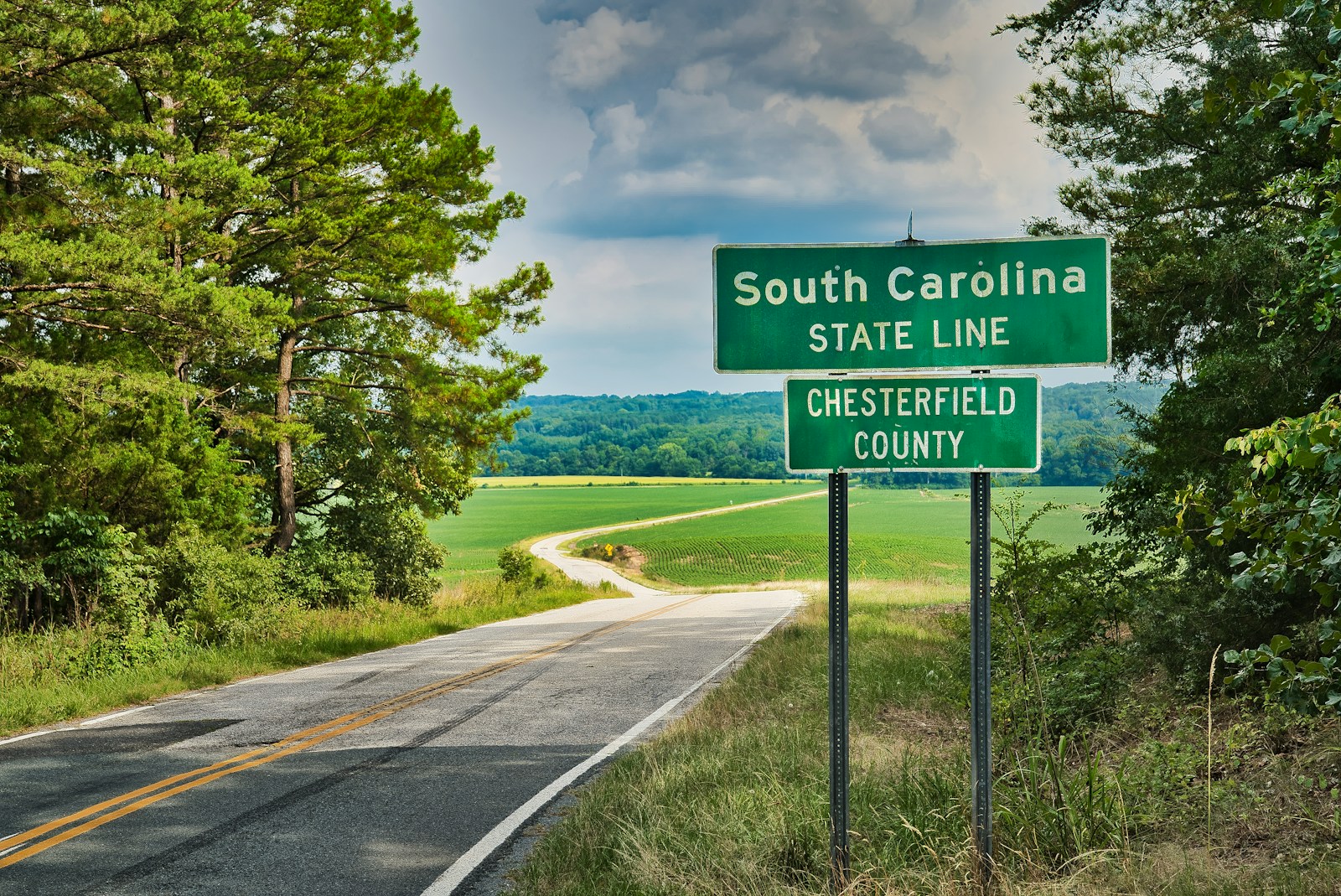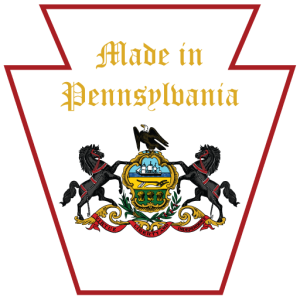Florence, South Carolina, a city rich in history and culture, has undergone significant transformation since its incorporation in 1890. Strategically located at the intersection of two major railroads, it quickly became a pivotal commerce and transport hub in the region.
Today, Florence is recognized for its diverse economic base, encompassing healthcare, manufacturing, and a growing service sector. The city’s downtown revitalization efforts have reinvigorated its historic center, making it a focal point for community and cultural activities.
Interestingly, Florence has a sale-to-list price ratio of 98.0% in its real estate market, indicating a high level of market activity compared to national averages (Redfin).
Historical Context and Early Development
Florence, South Carolina, was chartered in 1871 during the Reconstruction era and incorporated in 1890 following the establishment of Florence County. Initially part of a township laid out in 1719, Florence evolved from its agrarian roots, with early settlers engaging in subsistence farming while also producing indigo, cotton, naval stores, and timber. These products were transported down the Great Pee Dee River to Georgetown for export. The arrival of two intersecting railroads in the mid-19th century—the Wilmington and Manchester, and the Northeastern—spurred Florence’s growth, transforming it into a hub for commerce and transport (Wikipedia).
Civil War Influence
During the American Civil War, Florence served as a critical supply and railroad repair center for the Confederacy. The city also hosted the Florence Stockade, a notorious prison camp for Union soldiers. Post-war, Florence transformed with the rise of industries such as pharmaceuticals and manufacturing, leveraging its strategic railway infrastructure to facilitate economic growth (Wikipedia).
20th Century Growth and Economic Diversification
Florence’s economy saw a diversification in the 20th century, heavily leaning on the healthcare sector, bolstered by the establishment of major hospitals and pharmaceutical plants. The city also experienced growth in the textiles, paper, and manufacturing industries post-World War II, illustrating a shift towards a more industrialized economy (Wikipedia).
Downtown Revitalization Efforts
Starting in 2010, Florence embarked on an extensive redevelopment initiative for its downtown area. This project aimed at revitalizing the historic city center, which had waned in activity as retailers and shoppers moved to suburban malls. Key developments included the construction of the Drs. Bruce and Lee Foundation Library, Florence Little Theater, and the Francis Marion University Performing Arts Center. These efforts were part of a broader plan to re-establish Evans Street as a vibrant commercial and residential corridor (Wikipedia).
Geography and Climate
Located in the coastal plain of South Carolina, Florence boasts a geography that supports its status as a regional economic hub. The city is characterized by its moderate elevation and the presence of Jeffries Creek, a tributary of the Great Pee Dee River, which flows through the city center. Florence experiences a humid subtropical climate, with hot summers and mild winters, conducive to outdoor activities and year-round events (Wikipedia).
Cultural and Recreational Amenities
Florence offers a variety of cultural and recreational amenities that enhance its residents’ quality of life. The Florence Country Club, featuring a golf course designed by Donald J. Ross, provides a venue for golf enthusiasts. The city’s efforts in expanding its arts and leisure facilities reflect its commitment to fostering a rich, community-oriented lifestyle (GolfLink).
Real Estate and Housing Market
The housing market in Florence has been stable, with a sale-to-list price ratio close to the national average. This stability makes Florence an attractive option for potential homeowners looking for affordable housing options in South Carolina. The city’s real estate dynamics are indicative of its growing appeal as a place to live, underlined by a variety of housing types available, from single-family homes to townhouses and condos (Redfin).
Challenges and Opportunities
Despite its many advancements, Florence faces challenges such as crime rates and educational system performance that could affect its growth. Addressing these issues is crucial for sustaining the city’s development trajectory and ensuring a high quality of life for its residents (Best Places).
Conclusion
Florence, SC, is a city with a rich history and a vibrant present. From its early agricultural days to its current status as a diversified economic center, Florence continues to evolve, offering opportunities and challenges alike. Its ongoing downtown revitalization efforts and stable housing market make it an intriguing destination for both residents and visitors, looking to experience a part of South Carolina’s heritage and future potential.


